Enhanced Operational Efficiency
The Enterprise Augmented Reality Software Market is witnessing a surge in demand as organizations seek to enhance operational efficiency. By integrating augmented reality solutions, companies can streamline processes, reduce errors, and improve productivity. For instance, AR applications in manufacturing allow workers to visualize complex assembly instructions, leading to faster completion times. According to recent data, organizations that have adopted AR technologies report a 30% increase in operational efficiency. This trend is likely to continue as more enterprises recognize the potential of AR to optimize workflows and reduce costs.
Integration with Advanced Analytics
The integration of augmented reality with advanced analytics is becoming a pivotal driver in the Enterprise Augmented Reality Software Market. By combining AR with data analytics, organizations can gain deeper insights into their operations and customer behaviors. This synergy allows for more informed decision-making and the ability to tailor AR experiences to meet specific user needs. As a result, companies are increasingly adopting AR solutions that incorporate analytics capabilities, leading to improved customer engagement and satisfaction. The market for AR analytics tools is projected to grow significantly, reflecting the increasing importance of data-driven strategies.
Focus on Safety and Compliance Training
The emphasis on safety and compliance training within the Enterprise Augmented Reality Software Market is gaining traction. Organizations are leveraging AR technologies to create immersive training experiences that enhance learning outcomes and retention rates. By simulating real-world scenarios, AR training programs can effectively prepare employees for hazardous situations without the associated risks. Data suggests that companies utilizing AR for safety training have reduced incident rates by up to 50%. This focus on safety not only protects employees but also ensures compliance with regulatory standards, making AR an attractive solution for industries with stringent safety requirements.
Growing Demand for Remote Collaboration
In the current landscape, the Enterprise Augmented Reality Software Market is experiencing a notable increase in the demand for remote collaboration tools. As businesses expand their operations across various locations, the need for effective communication and collaboration becomes paramount. Augmented reality solutions facilitate real-time interaction among teams, enabling them to share insights and troubleshoot issues from different geographical locations. Reports indicate that companies utilizing AR for remote collaboration have seen a 25% improvement in project turnaround times. This driver is expected to gain momentum as remote work becomes more entrenched in corporate culture.
Rising Investment in Research and Development
Investment in research and development within the Enterprise Augmented Reality Software Market is on the rise, as companies strive to innovate and stay competitive. Organizations are allocating significant resources to develop advanced AR applications that cater to specific industry needs. This trend is reflected in the increasing number of patents filed related to AR technologies, which have grown by approximately 40% over the past few years. Such investments not only enhance product offerings but also contribute to the overall growth of the AR market, as businesses seek to leverage cutting-edge technologies to gain a competitive edge.


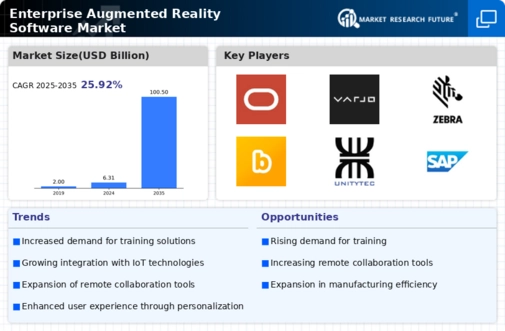
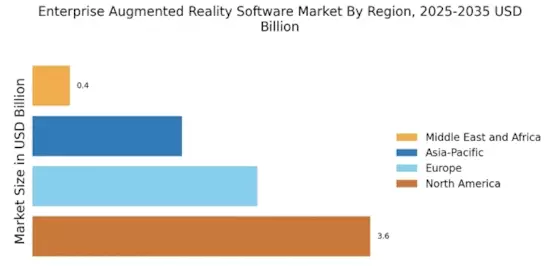
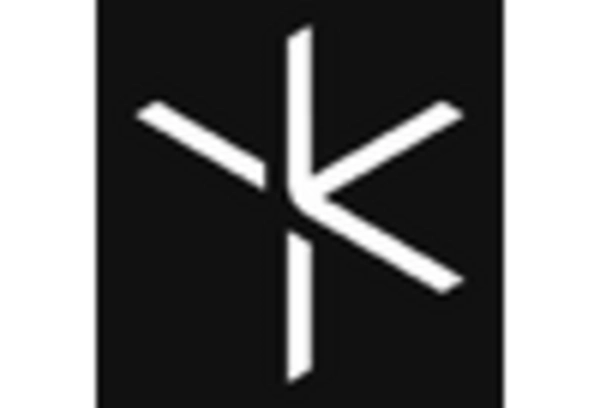

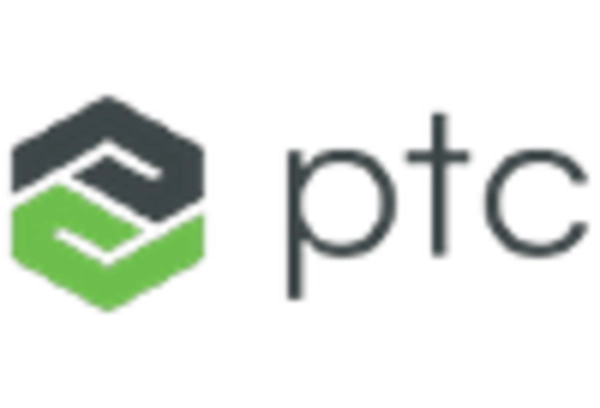

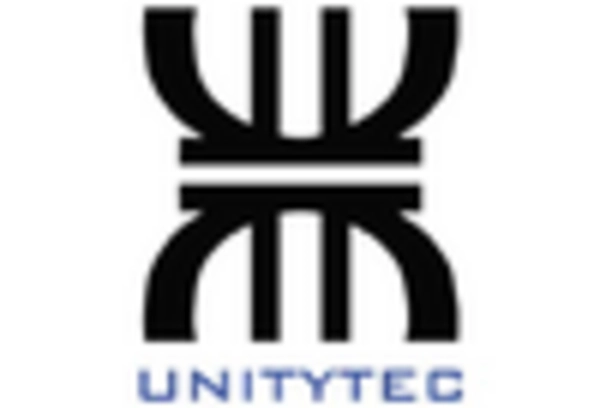
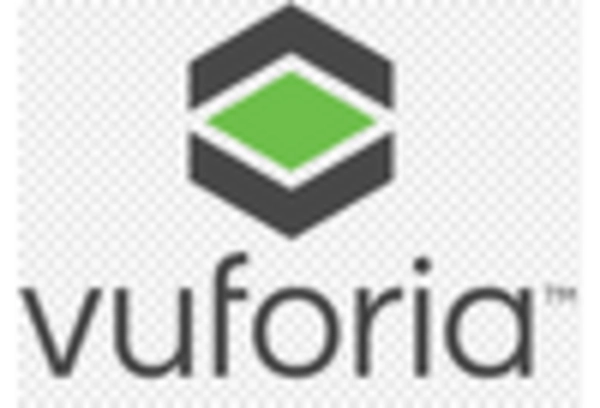








Leave a Comment